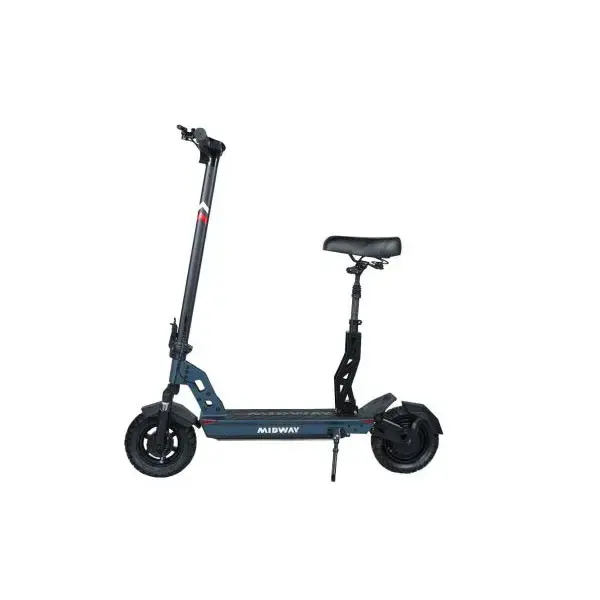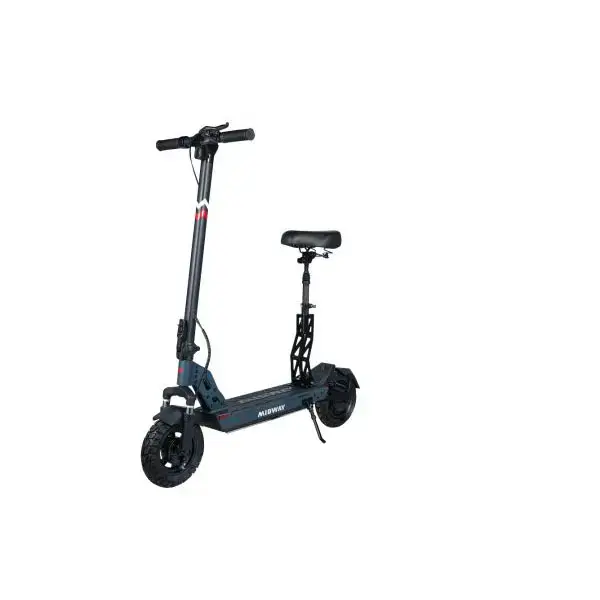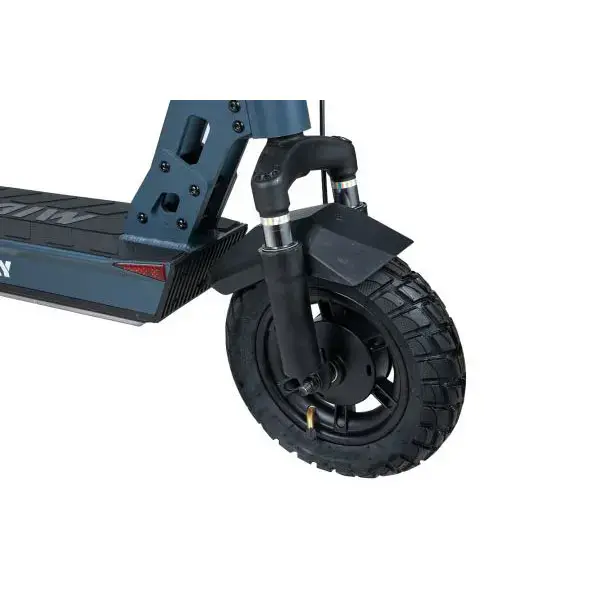How much is an electric scooter
E-scooters have exploded in popularity over the past few years, becoming a favored mode of transportation for urban commuters, students and casual riders alike. With its eco-friendly, convenience, and fun factors, it’s no wonder many people are considering investing in one. However, a common question arises: How much does an electric scooter cost? **
In this comprehensive guide, we’ll explore the various factors that influence the price of an electric scooter, the different types available, and the expected cost of each. We’ll also discuss the long-term costs associated with owning an electric scooter, including maintenance, insurance, and charging. After reading this article, you will have a clear understanding of the financial commitment required to purchase an electric scooter and whether it is right for you.
1. Understand electric scooters
Before we dive into the cost, it’s necessary to understand what electric scooters are and how they work. Electric scooters are two-wheeled vehicles powered by an electric motor and rechargeable batteries. They are designed for short trips and are typically used for commuting, running errands, or casual riding.
1.1 Types of electric scooters
There are many types of electric scooters, each serving a different purpose. Here are the most common categories:
-
Commuting Scooters: These are designed for everyday use and typically have a lightweight frame, good battery life, and a comfortable ride. They typically have a top speed of 15-20 mph and a range of 15-30 miles.
-
Off-Road Scooters: Off-road scooters are designed for rough terrain, with larger wheels, sturdy suspension systems, and powerful motors. They can handle rough surfaces and steep slopes, but are generally heavier and more expensive.
-
Performance Scooters: Designed for speed enthusiasts, these scooters feature powerful motors that can reach speeds of 30 mph or more. They often come with advanced features like dual motors, larger batteries, and enhanced braking systems.
-
Foldable Scooter: Foldable scooters are lightweight and compact, making them perfect for commuters who need to store their scooters in tight spaces. They’re convenient for public transit users, but may sacrifice some performance for portability.
-
Kids Scooters: Designed specifically for children, these scooters are smaller, lighter, and often have safety features. They are usually lower speed and more affordable.
2. Factors affecting the price of electric scooters
The price of an electric scooter can vary greatly depending on a variety of factors. Understanding these factors will help you make an informed decision when purchasing.
2.1 Brand Reputation
The brand of an electric scooter plays a crucial role in its pricing. Well-known brands known for quality and reliability, such as Xiaomi, Segway, and Razor, tend to charge higher prices for their products. In contrast, lesser-known brands may offer lower prices but may compromise on quality and safety.
2.2 Build Quality and Materials
The materials used in the construction of a scooter can significantly affect its price. Premium materials like aluminum or carbon fiber are more durable and lighter, but cost more. Cheaper scooters may use plastic parts, which are less durable and may not stand up to regular use.
2.3 Motor power and speed
The power of the motor is another key factor that affects the price. Scooters with more powerful motors (usually measured in watts) can achieve higher speeds and handle steeper inclines. As a result, high-performance scooters with powerful motors tend to be more expensive than basic commuter models.
2.4 Battery capacity and range
Battery capacity is measured in ampere-hours (Ah) or watt-hours (Wh) and directly affects the scooter’s driving range. Scooters with larger batteries can travel longer distances on a single charge, making them more popular with commuters. However, a larger battery also increases the overall cost of the scooter.
2.5 Features and Technologies
Modern electric scooters come with various features that enhance the riding experience. These may include:
-
Smartphone Connectivity: Some scooters offer Bluetooth connectivity, allowing riders to track their speed, battery life, and even lock their scooter via the mobile app.
-
LED DISPLAY: Digital display provides real-time information on speed, battery life and distance traveled.
-
SUSPENSION SYSTEM: Scooters with advanced suspension systems provide a smoother ride, especially on uneven surfaces.
-
BRAKE SYSTEM: A high-quality braking system, such as disc brakes or regenerative braking, can improve safety but may increase the price.
2.6 Warranty and Customer Support
A good warranty can add value to your purchase. Brands that offer extended warranties and reliable customer support may charge more for their scooters, but this can give you peace of mind if a defect or issue arises.
3. Price range of electric scooters
Now that we’ve explored the factors that influence electric scooter prices, let’s break down the typical price ranges for different types of scooters.
3.1 Economical Electric Scooter ($200-$400)
Economical electric scooters are great for casual riders or those new to electric scooters. These models typically have lower-power motors, shorter range, and fewer features. However, they can still provide a fun and convenient way to get around.
Example:
- Razor E300: This scooter is a popular choice for kids and teens, with a top speed of 15 mph and a range of up to 10 miles. Price: About $300.
- Xiaomi Mi Electric Scooter: A well-known economical option with a top speed of 15.5 mph and a range of 18.6 miles. Price: About $400.
3.2 Mid-Range Electric Scooter ($400-$800)
Mid-range scooters strike a balance between performance and economy. They typically have better build quality, longer range, and more advanced features than budget models.
Example:
- Segway Ninebot ES4: This scooter has a top speed of 18.6 mph and a range of 28 miles. Price: About $600.
- Glion Dolly: A foldable scooter with a top speed of 15 mph and a range of 15 miles. Price: About $500.
3.3 High-End Electric Scooter ($800-$1,500)
High-end electric scooters are designed for serious riders who value performance, durability, and advanced features. These scooters usually come with powerful motors, long-lasting batteries, and high-quality materials.
Example:
- Dualtron Thunder: A high-performance scooter with a top speed of 50 mph and a range of 75 miles. Price: About $1,500.
- Kaabo Wolf Warrior 11: Known for its off-road capabilities, this scooter has a top speed of 40 mph and a range of 70 miles. Price: About $1,300.
3.4 Premium Electric Scooter ($1,500 and up)
Premium electric scooters are the best on the market, offering unparalleled performance, advanced technology and luxurious features. These scooters are generally preferred by enthusiasts and serious commuters alike.
Example:
- Nami Burn-E 2: A high-performance scooter with a top speed of 50 mph and a range of 80 miles. Price: About $2,500.
- Zero 10X: Known for its powerful dual motors, this scooter has a top speed of 40 mph and a range of 60 miles. Price: About $1,800.
4. Long-term costs of owning an electric scooter
While the initial purchase price is an important factor, the long-term costs associated with owning an electric scooter must be considered. Here are some ongoing costs you may encounter:
4.1 Maintenance costs
Electric scooters generally require less maintenance than traditional gasoline-powered vehicles. However, some components may require occasional attention:
-
Tires: Depending on usage, you may need to replace your tires every 6-12 months. Replacement costs range from $30 to $100 per tire.
-
BRAKES: Brake pads may need to be replaced after heavy use. The cost may vary, but is usually between $20 and $50.
-
Battery Replacement: Over time, the battery’s capacity decreases and you may need to replace it. Battery replacement costs range from $200 to $600, depending on the model.
4.2 Insurance fees
While not all states require insurance for electric scooters, it’s a good idea to consider purchasing insurance for extra protection. Insurance costs can vary significantly depending on factors such as your location, riding history and the value of your scooter. On average, you can expect to pay $100 to $300 per year for insurance.
4.3 Charging fee
Charging an electric scooter is relatively cheap compared to a gas-powered car. The cost of charging an electric scooter depends on battery capacity and local electricity prices. On average, scooter charging costs $0.10 to $0.50 per charge.
4.4 Accessories and Equipment
Investing in safety gear is crucial for any e-scooter rider. Basic accessories may include:
- HELMET: Quality helmets cost between $30 and $150.
- Lights: Front and rear lights for increased visibility range in price from $10 to $50.
- Lock: A sturdy lock to protect your scooter can cost between $20 and $100.
5. Are electric scooters worth investing in?
Deciding whether to invest in an electric scooter depends on your personal needs and circumstances. Here are some factors to consider:
5.1 Commuting distance
If your commute is short (usually under 5 miles), an electric scooter can be a convenient and cost-effective option. It saves you time and money compared to driving or taking public transportation.
5.2 Environmental Impact
Electric scooters are an environmentally friendly alternative to gas-powered vehicles, producing zero emissions during operation. If reducing your carbon footprint is your top priority, electric scooters are a great option.
5.3 Cost Savings
While the initial investment may seem high, consider the long-term savings in fuel, parking and public transportation costs. Over time, electric scooters can pay for themselves.
5.4 Fun Factor
Riding an electric scooter can be a fun and enjoyable experience. If you’re looking for a new way to explore your city or enjoy a leisurely ride, an electric scooter can provide you with that excitement.

in conclusion
All in all, the cost of an electric scooter can vary greatly depending on factors such as brand, build quality, motor power, and features. Budget scooters start as low as $200, while high-end models can cost over $1,500. In addition, long-term costs related to maintenance, insurance and recharging must also be considered.
Ultimately, whether an electric scooter is worth the investment depends on your personal needs, commuting habits, and lifestyle. With the right research and consideration, you can find an electric scooter that fits your budget and improves your daily life.
As e-scooters continue to grow in popularity, they offer a practical, fun and environmentally friendly solution to urban transportation. Whether you’re commuting, running errands, or just enjoying the ride, an electric scooter can be a valuable addition to your travel options.
















